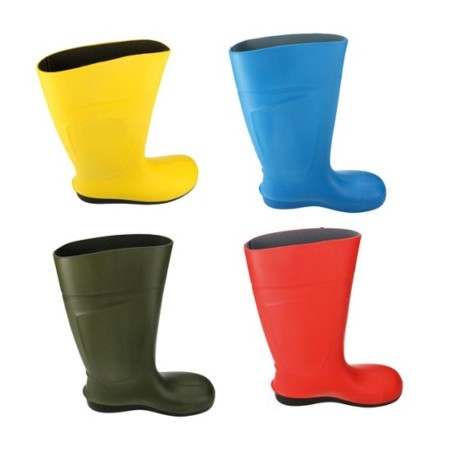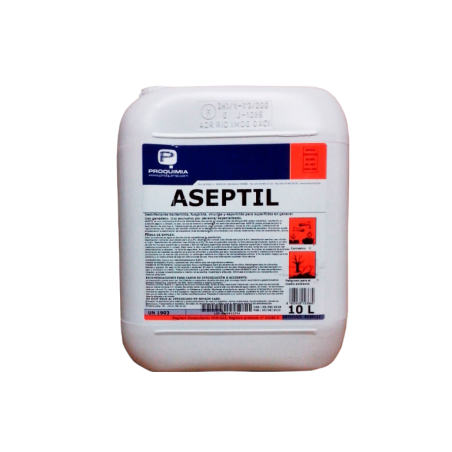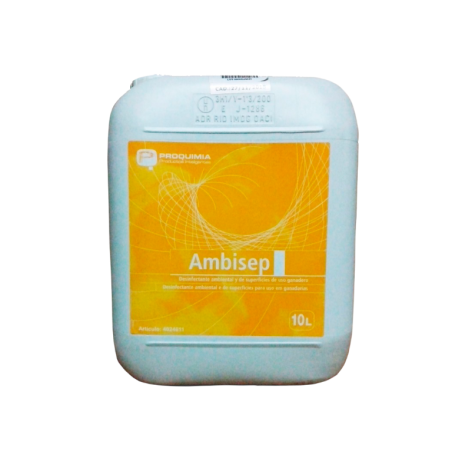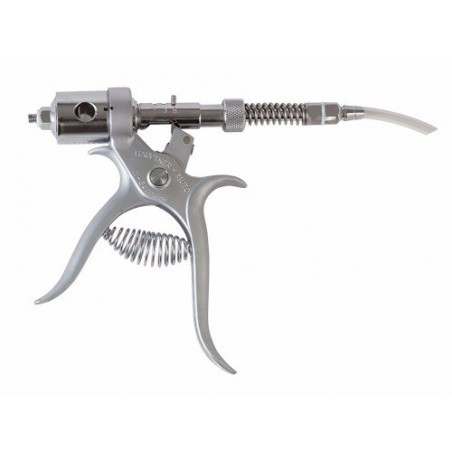The objective of this study was to quantify the likelihood that a shared truck used to ship pigs will be contaminated with porcine reproductive and respiratory syndrome (PRRS) virus at the end of a given day, and to evaluate the efficacy of cleaning and washing protocols for trucks, using a Bayesian approach.
PRRS virus-infected farms, from which trucks had shipped pigs, were deemed to be the source of contamination. A quantitative stochastic model was built using farm- and animal-level PRRS prevalence data, the number of times a truck is typically shared on any given day, shipment size, travel time between farms, and the efficacy of three different cleaning and disinfection procedures.

The model predicted a median probability of 0.525 that a truck would be contaminated at the end of any given day, without considering the number of previous shipments made by that truck or whether or not it had been washed and disinfected between shipments. Truck washing alone resulted in a negligible decrease in probability that a truck would be contaminated, while washing and disinfection followed by drying had the highest impact, with a greater than 99% reduction in probability of contamination.
Findings of this study suggest that under current biosecurity practices, a substantial risk exists for the spread of PRRS virus due to truck sharing. This model could also be utilized in understanding the risk of truck sharing on the spread of other swine diseases (such as porcine epidemic diarrhea) where transportation is believed to spread the virus.
Thakur KK, Revie CW, Hurnik D, et al. Modelling contamination of trucks used in the shipment of pigs infected with porcine reproductive and respiratory syndrome (PRRS) virus. J Swine Health Prod. 2017;25(4):183–193.










